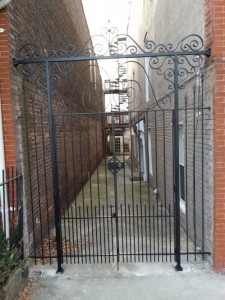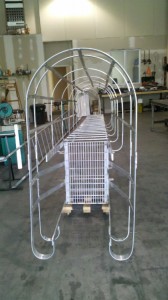Advances in Artificial Intelligence
The interaction between humans and machines has a history of evolution that is as interesting as the evolution of man itself. We have come a long way from the days of the hunter-gatherer tools through the Stone Age, the Iron Age and the different phases of human advancement. We learned to use the things around us to get results. Horses for transportation, fire for heat and so on. And we also learned to even build systems of our own- Furnaces, cars, and aeroplanes.
Among all our creations, however, one stands out significantly- the computer. Starting from the humble beginnings of the large machines that required punch cards. The computer has advanced quite exponentially. We have witnessed computing power increase and the size of computers decrease in accordance with Moore’s law. We have developed algorithms to make computers perform some basic routine tasks and cut out a lot of the superfluous activities that were necessary in the industrial age.
And now we are at the point of today’s most popular topic in computing: Artificial intelligence and machine learning. Our computers are now being taught not just to perform tasks, they are being taught to think. And here’s where it gets weird. If we could train computers to perform our tasks better than us, we may be able to get them to think faster and better than we are. We actually have.
The machines are finally smarter than we are
If you think the above statement is just an imaginary snippet, you’re wrong. The Artificial intelligence systems we have now are capable of thinking far better than we can and they’re beginning to beat us at our own games. Take two historically significant games for example- Chess and go which have both been played by powerful machines- Deep blue and Alpha Go respectively.
Deep Blue
Deep blue is the Artificial Intelligence machine which was built by IBM beginning in 1985. It played against the reigning world chess champion- grandmaster Gary Kasparov in 1996 and won the first game despite eventually losing the match. In 1997, deep blue was upgraded and once again faced Kasparov again, summarily defeating him this time. Chalk one up for the machines.
Alpha Go
Go is another board game that originated from Asia. It is a little more complicated than chess. Alpha Go was also designed as a computer with complex go playing abilities and it defeated one of the best go players in March 2016.
The algorithms have been able to outsmart our best players at playing some of our most complicated games. This is an interesting time to be alive and we can only look forward to how much more progress will be made with Artificial intelligence.
What does the future hold?
The plan currently is to extend the immense abilities of AI to more practical uses like Self driving cars, robots for assisting the disabled, and improved disease prevention and control. Hopefully, with careful precautions being taken, more advances in Artificial intelligence and machine learning will help to make human life far better than it is now.



